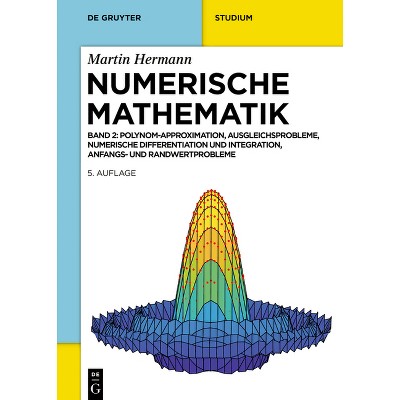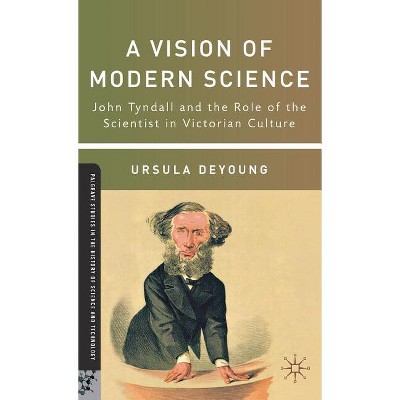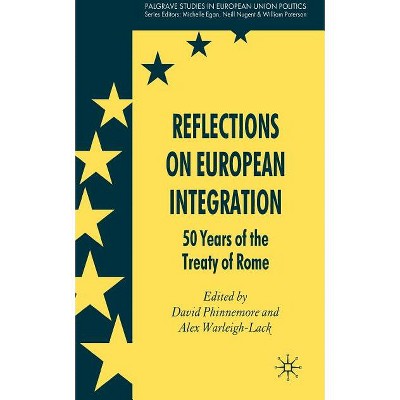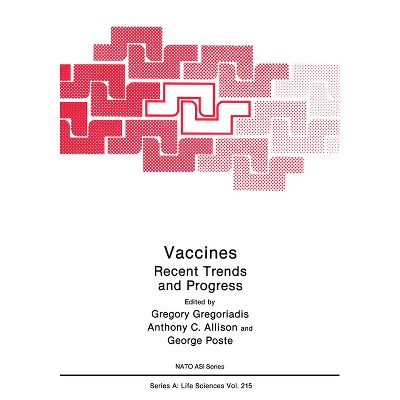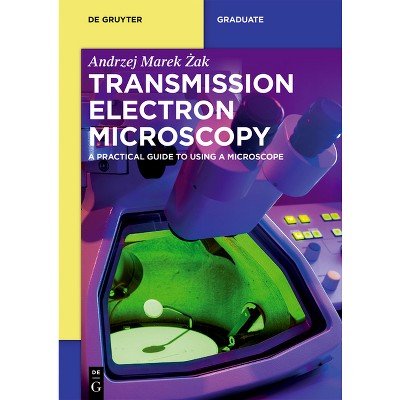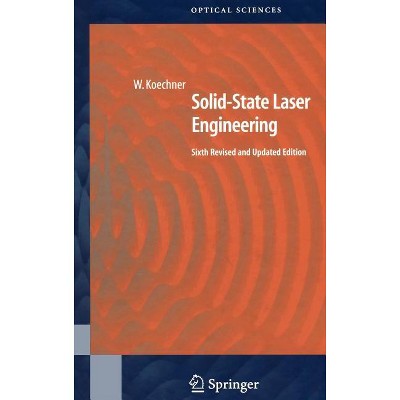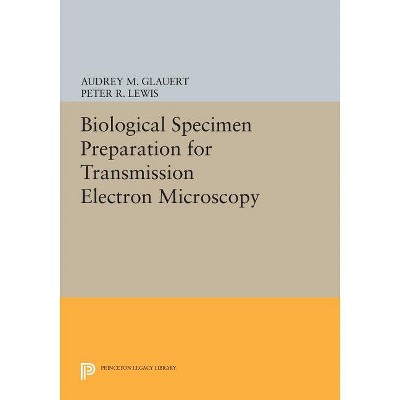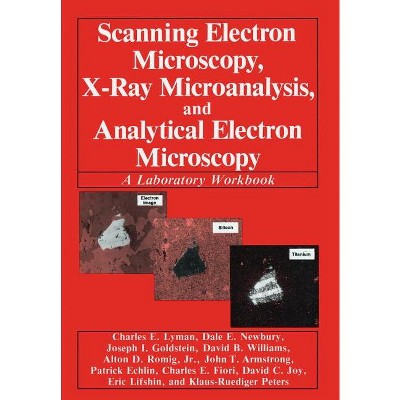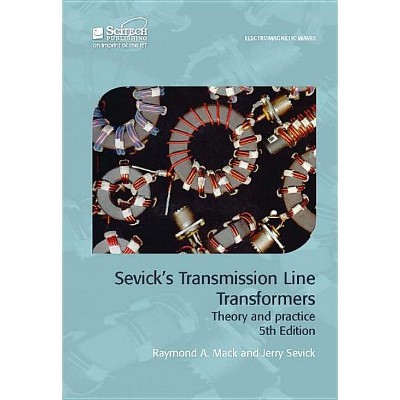Sponsored

Transmission Electron Microscopy - (Springer Optical Sciences) 5th Edition by Ludwig Reimer & Helmut Kohl (Hardcover)
In Stock
Sponsored
About this item
Highlights
- This classic monograph again available in a revised and updated version by the author's successor.
- Author(s): Ludwig Reimer & Helmut Kohl
- 590 Pages
- Science, Electron Microscopes & Microscopy
- Series Name: Springer Optical Sciences
Description
About the Book
This text, the standard of the field, includes an overview of such topics as the theory of image and contrast formation as well as discussion of recent progress in the field, especially in the areas of aberration corrector and energy filtering.
Book Synopsis
This classic monograph again available in a revised and updated version by the author's successor.From the Back Cover
Transmission Electron Microscopy: Physics of Image Formation presents the theory of image and contrast formation, and the analytical modes in transmission electron microscopy. The principles of particle and wave optics of electrons are described. Electron-specimen interactions are discussed for evaluating the theory of scattering and phase contrast. Also discussed are the kinematical and dynamical theories of electron diffraction and their applications for crystal-structure analysis and imaging of lattices and their defects. X-ray microanalysis and electron energy-loss spectroscopy are treated as analytical methods. Specimen damage and contamination by electron irradiation limits the resolution for biological and some inorganic specimens. This fifth edition includes discussion of recent progress, especially in the area of aberration correction and energy filtering; moreover, the topics introduced in the fourth edition have been updated.
Transmission Electron Microscopy: Physics of Image Formation is written for scientists and application engineers in fields such as physics, chemistry, mineralogy, materials science and biology. Researchers, students, and other users of a transmission electron microscope can also benefit from this text.
Review Quotes
From the reviews of the fifth edition:
"A classical monograph on the physics of image formation, electron-specimen interactions, and image interpretation in transmission electron microscopy. ... the student and the instructor can find applications of many fundamental concepts of physics in this book. ... could be used, of course by scientists in the field of transmission electron microscopy and by students attending a summer school on the technique. ... In conclusion, this book will probably be found in libraries and on the shelves of the expert in transmission electron microscopy ... ." (Gary J. Long, Belgian Physical Society Magazine, Issue 1, 2011)